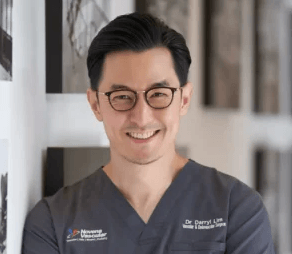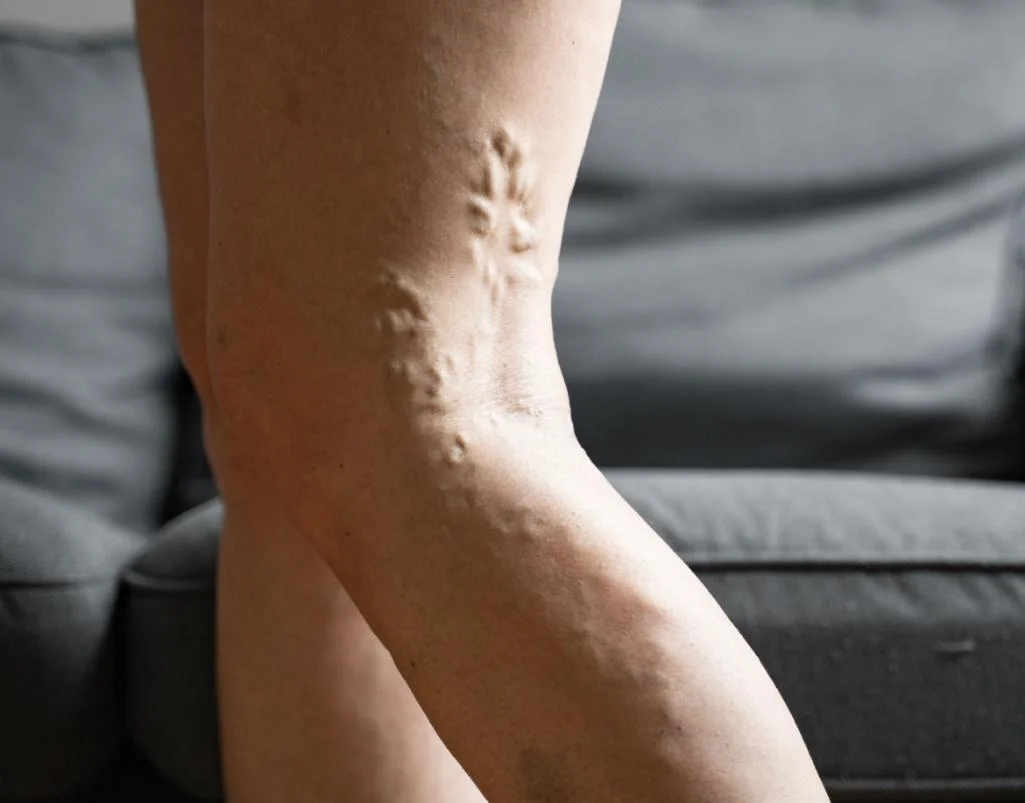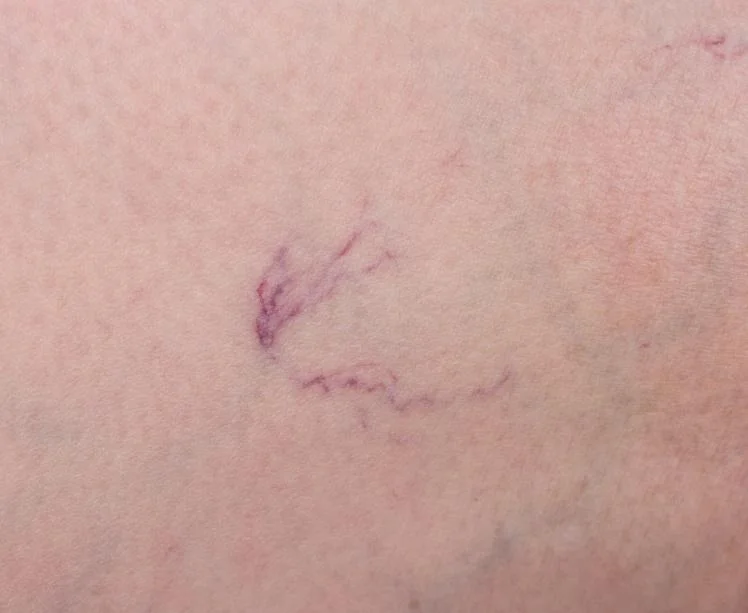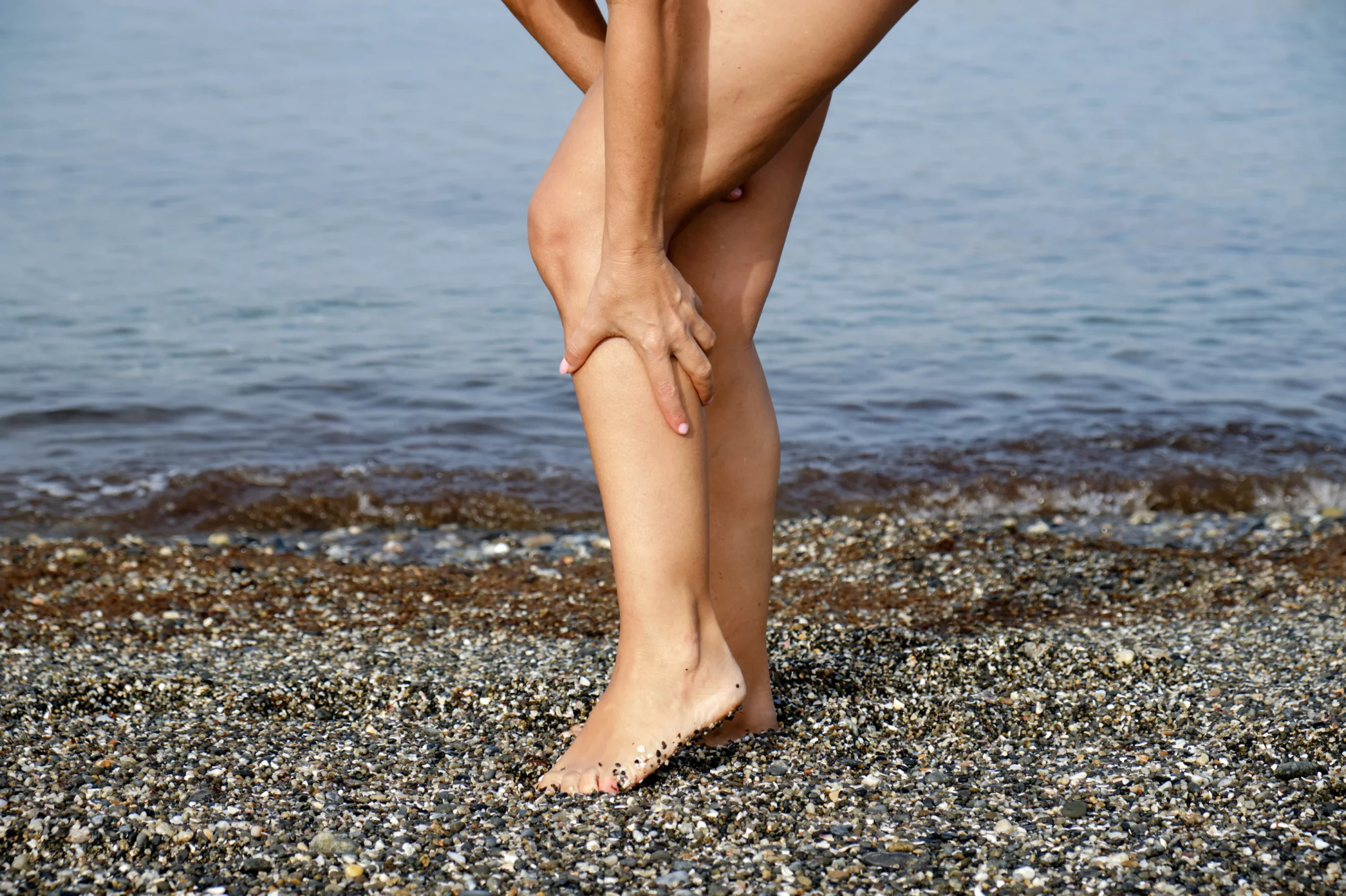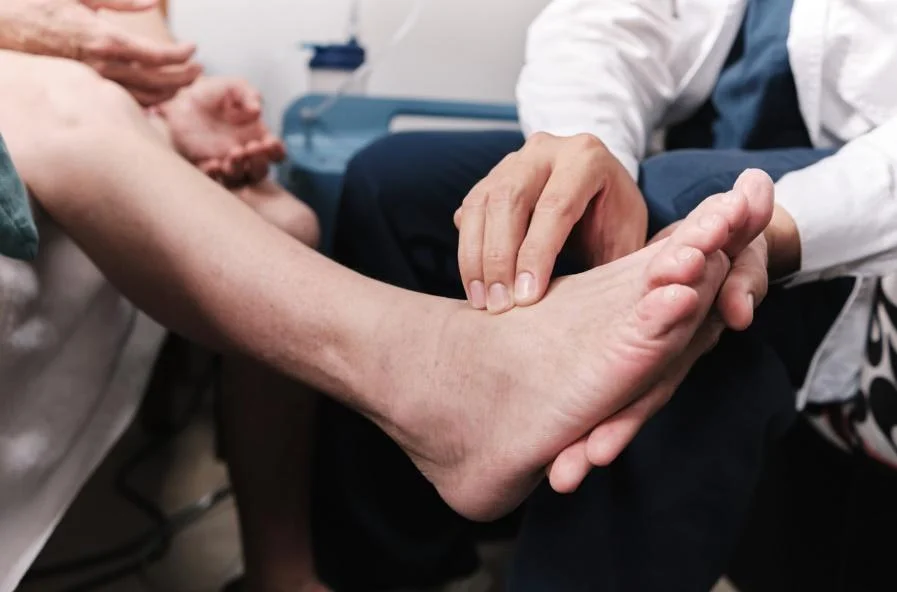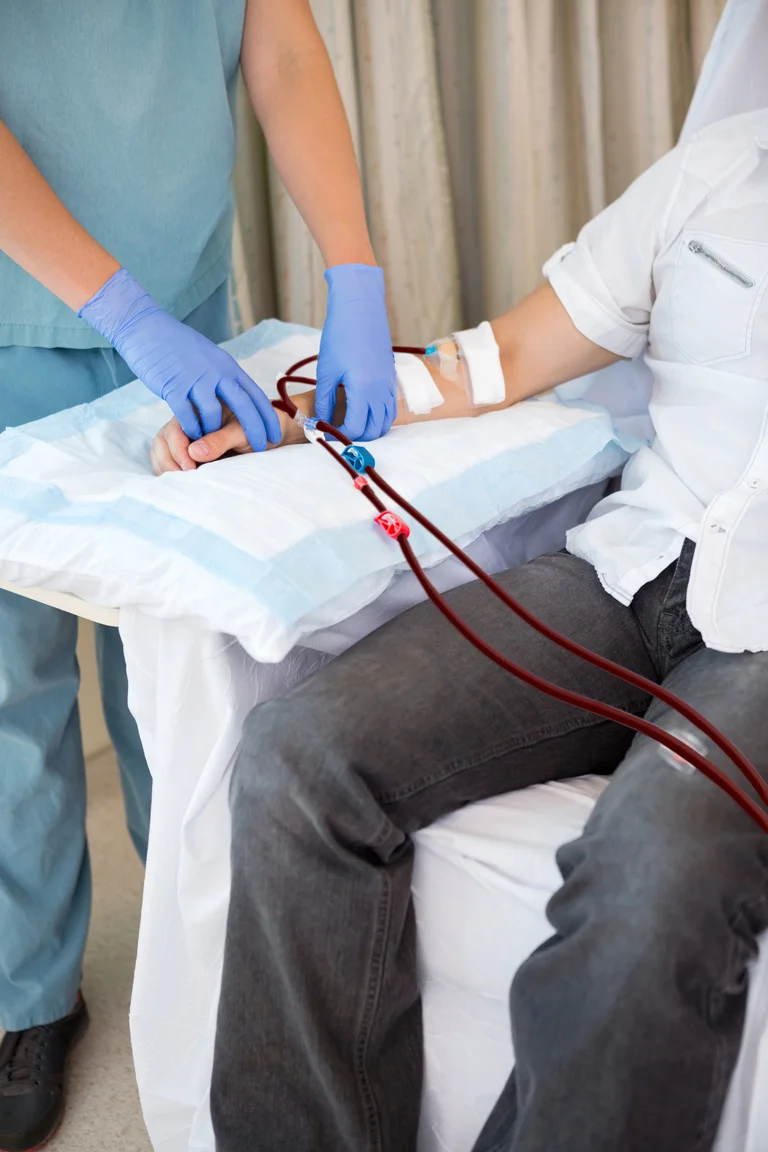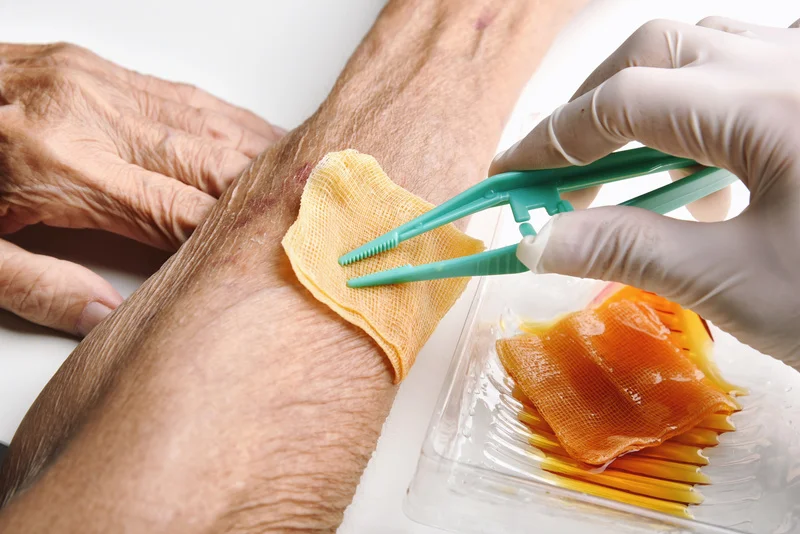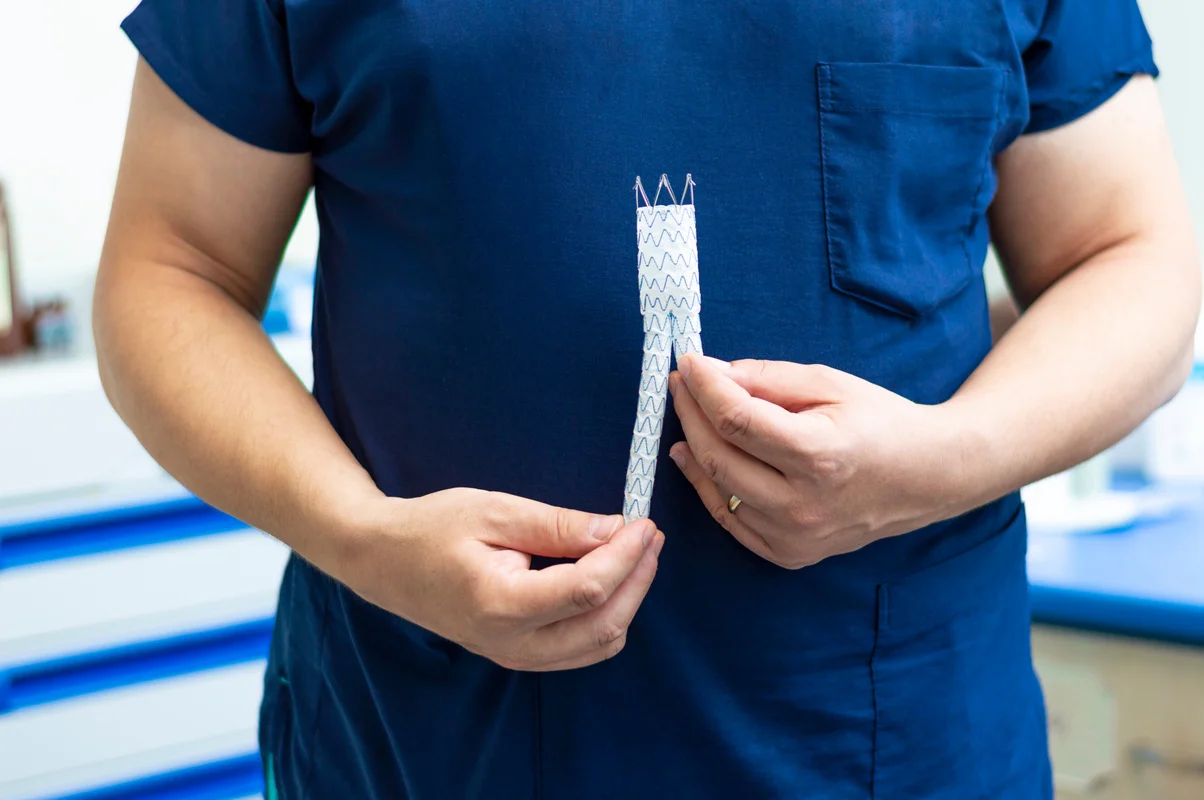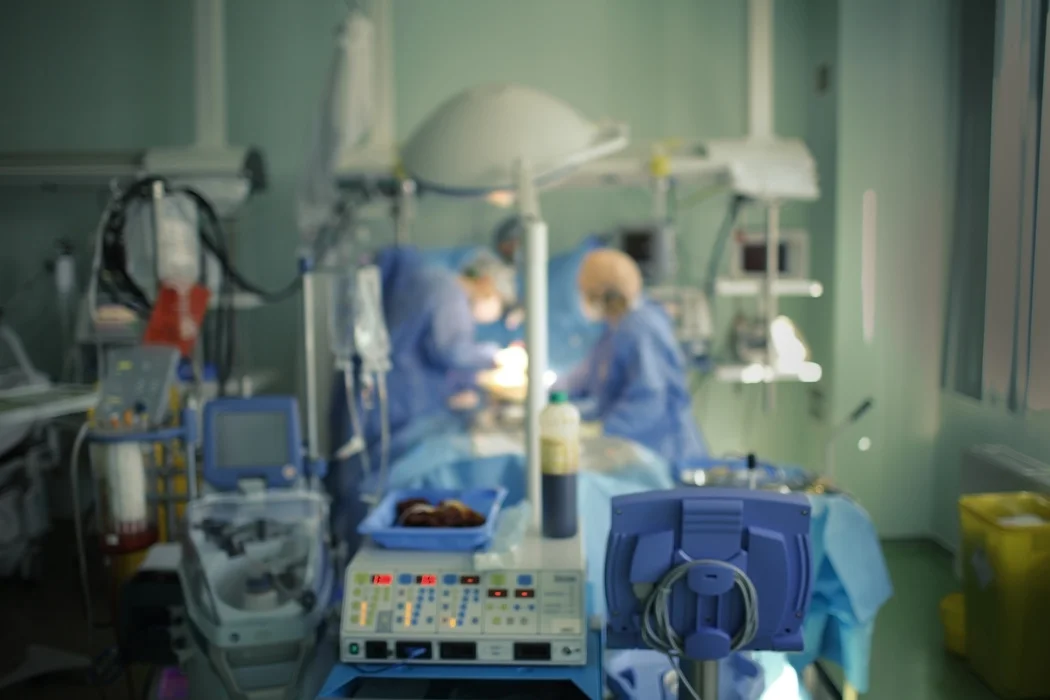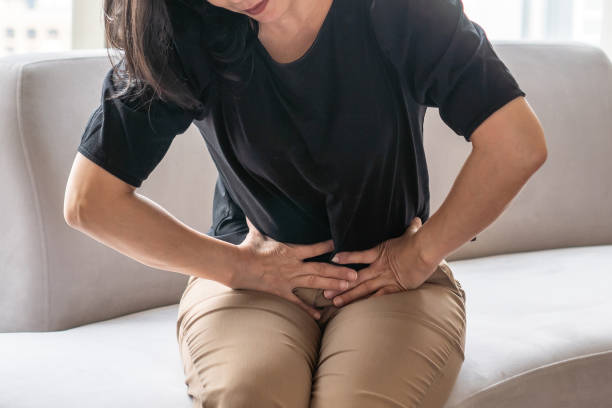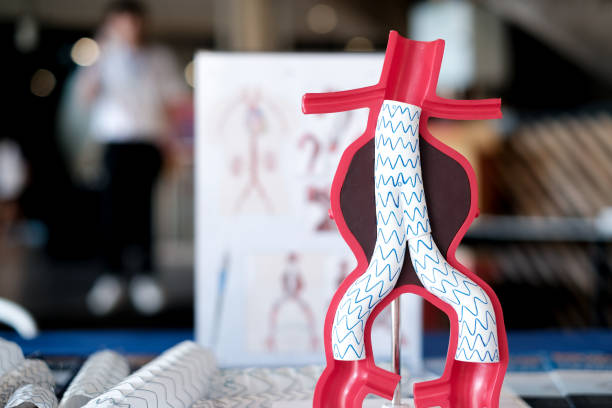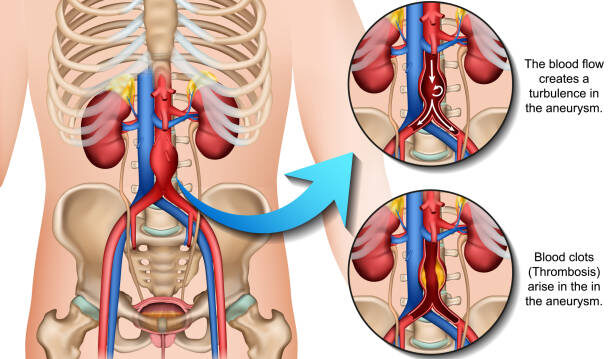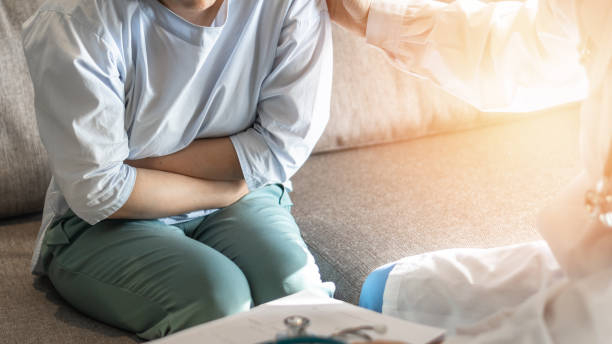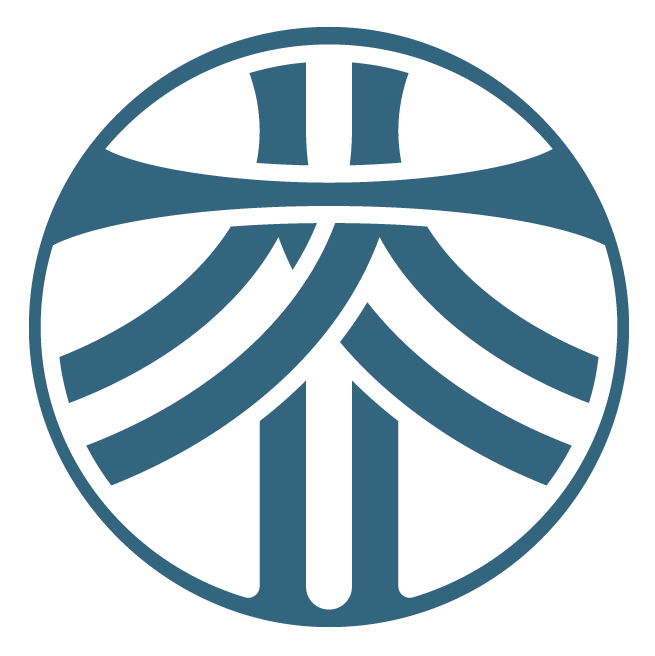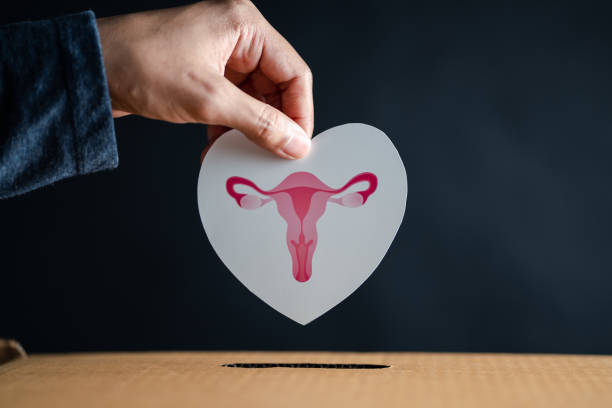
Menopause is a big shift in a woman’s life. While hot flashes and night sweats often grab the spotlight, your vein health is quietly part of the story too. If you’re noticing varicose veins, spider veins, leg swelling or discomfort alongside menopausal changes, you’re definitely not alone.
Why? Because like every part of the body, your veins age too. Add in life factors- for example a family history of vein issues, multiple pregnancies, long hours standing or sitting, or extra weight- and it’s no wonder vein changes often surface during this time.
How Menopause Affects Your Veins
During menopause, levels of oestrogen and progesterone drop- hormones that once kept your vein walls supple and your valves strong. As a result, veins can become stiffer and less efficient at returning blood to the heart, allowing it to pool in the lower legs. This hormonal shift also affects overall circulation, raising risks of high blood pressure, cholesterol imbalance, and reduced vascular flexibility. Combined with natural aging, weight changes, or reduced physical activity, these changes make varicose veins, spider veins, and venous insufficiency more common. The good news? Healthy habits like regular exercise, balanced eating, not smoking, and stress management still go a long way in protecting your heart and veins at any stage of life- and if you notice swelling, pain, or visible veins, Dr Darryl Lim can help you assess and treat the problem early.
How Many Women Are Impacted
While there isn’t a Singapore-specific statistic linking veins and menopause directly, local data give a clear picture. A YouGov survey found that about one-third of Singaporeans have varicose veins, yet many do not seek treatment. Other local studies estimate up to 15% of adults may develop advanced venous disease causing swelling or ulcers. Given the hormonal and lifestyle changes of menopause, women in this stage are especially at risk.
Signs You Might Notice
Menopause can make subtle vein issues more noticeable. Some of the common signs that your veins may be under extra stress include:Bulging, blue or purple veins on your legs
- Fine, web-like red or blue “spider” veins on the thighs, calves, or ankles
- Bulging varicose veins that appear more prominent on your legs
- Leg heaviness, aching, or night-time cramps, especially after standing or sitting for long periods
- Swelling around your ankles or feet toward the end of the day
- Skin changes like discolouration, dryness, or itching on the lower legs
If you spot these, don’t dismiss them as “just ageing”. Your legs are telling you something important, and getting them checked early makes a big difference.
Don’t Wait Until the Problem Gets Worse
If you’re going through menopause and you’ve noticed new symptoms like varicose veins, spider veins or leg discomfort- now is the time to act. Book an appointment with me, Dr Darryl Lim, so we can understand exactly what’s happening and decide on the best approach to restore comfort and confidence in your legs.
Steps You Can Take Right Now
You’re in control of your vein health! Here are practical actions you can consider:
- Move and elevate: Gentle activities like walking or cycling help your calf muscles pump blood upward. When you rest, elevate your legs to ease swelling.
- Wear compression stockings: These snug socks help improve circulation and ease symptoms of venous insufficiency.
- Watch your weight: Extra body weight adds pressure to your veins and slows blood flow. A healthy diet and regular activity lightens the load on your legs.
- Discuss HRT carefully: If you’re considering hormone replacement therapy, talk with your gynae or GP about risks and benefits. Some forms (particularly oral oestrogen) may slightly increase clot risk; others, like skin or vaginal oestrogen, may carry lower risk.
Treating Vein Issues When Lifestyle Isn’t Enough
Lifestyle measures go a long way, but if you still have persistent leg pain, swelling or visible veins, it may be time for diagnostic imaging and treatment. A venous duplex ultrasound is non-invasive and measures blood flow to detect valve failure or reflux.
If reflux is confirmed, minimally invasive treatments offered by Dr Darryl Lim include:
· Sclerotherapy: Quick injections that close small varicose or spider veins.
· Radiofrequency Ablation (RFA): Uses heat to seal larger refluxing veins.
· VenaSeal™: A medical adhesive (“glue”) that gently seals diseased veins without heat or multiple injections.
· Microphlebectomy: Small incisions to remove bulging surface veins for immediate relief and cosmetic improvement.
Your Path Forward: Active, Informed, Confident
Here’s your reminder:
- You’re not a victim of menopause or your vein health!
- Staying active, elevating your legs, wearing compression stockings and managing weight all make a difference.
- A board-certified vein specialist like Dr Darryl Lim can treat the root cause of your discomfort, not just the surface appearance.
- Every step of this journey is about you: being active, informed, and confident.
Confidence Looks Good On You
From minimally invasive treatments to compassionate, expert vein care, Dr. Darryl Lim is here to help you feel confident in having healthy legs. Contact the clinic to schedule your visit and reclaim the comfort, appearance, and confidence of pain-free, beautiful legs.
